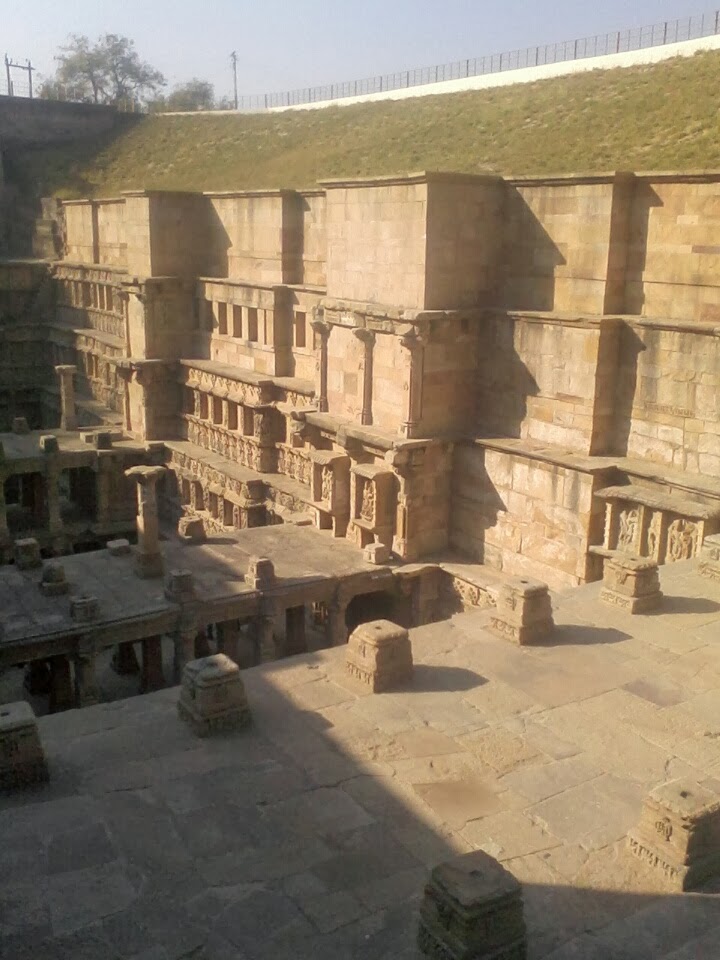The ancient scripture
on architecture prescribes the symbiotic relation of water and buildings &
the imagination of such (non) building type
always historically preoccupied with presence of shrine prominence. The profound belief of symbiotic relation of
water and nature found its resolution in architecture in various part of India namely
temple and kund. Perhaps the ritual significance also allowed the elaboration of built (non) object
with intricate detailing almost analogous to festivity adding it to simple event & pleasure.
The most significance typology of such celebration
and festivity are step wells. It is indeed intriguing that such typology was ever visualized
as an architecture marvel. Some of the step wells were built next to the shrine while some of them
built in isolation. This aspect also brings the questions that, was the
typology extracted from symbiotic relation and made it to be a public
architecture. The sacredness of this water shrines
(monument) are evident from the various types of rituals that were performed on
the edge of the wells. The purpose may be mythical but the main function of step
wells almost stating the scarcity of water in
the dry and arid region. But the typology almost became the integral part of daily life, may it be
social or ritual, and that perhaps brings the question of architecture and
didactic intent. The step well typology were also connected to the trade and
ceremonial route which were subsequently used be next
generation of ruler.
Historically the presence of step wells
prominence is traced in myth and epic stories that revolves around. As in one of the local ode/
folk song (5th standard Guajarati Text Book) narrating the
sacrificial of newly married couple in step wells, step by step descending down into the well, a mythical
homage to water body and promise for abundant water resource for coming years.








